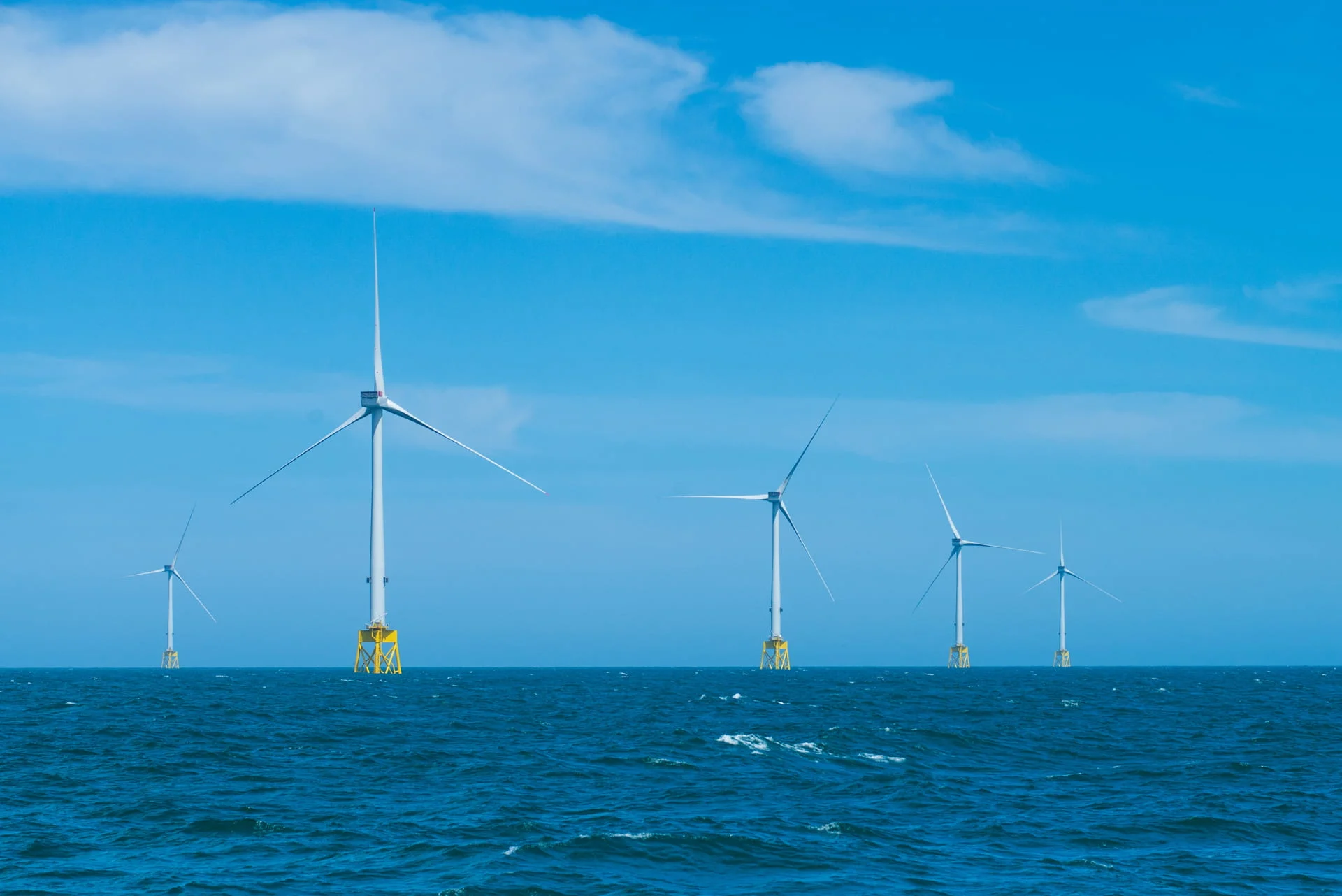Power Grid
BRAZIL'S OFFSHORE WIND SECTOR SEES SENSORS INSTALLED.
Irene Jerry

Petrobras, Brazil's state-owned oil company, is advancing offshore wind power projects as part of its strategy to diversify renewable energy sources and complement the country's solar energy capacity. The company has identified peak offshore wind electricity generation times in the east of Brazil as being between 4 and 6 p.m. daily, which can provide a reliable alternative when solar output decreases.
Daniel Farrow, Director of Renewable Energy at Petrobras, highlighted the complementary role offshore wind can play in stabilizing the energy supply during his speech at a conference in Rio de Janeiro.
To assess the potential of offshore wind energy, Petrobras has installed four LiDAR sensors—two in deep waters and two in shallow waters—to measure wind speed and direction. The company plans to install four more sensors by early 2025 to further evaluate the feasibility of these projects. Farrow expressed optimism that investments in offshore wind would help offset declines in other energy sectors, especially as capital costs for these projects are expected to decrease in the coming years, as noted by the International Energy Agency.
In June 2024, Petrobras signed a cooperation agreement with the government of Rio de Janeiro to conduct joint feasibility studies for a pilot offshore wind project. The collaboration aims to ensure the project aligns with national energy policies and contributes to local development. Petrobras is also testing new technologies to overcome challenges related to the commercialization and expansion of offshore wind power, building on earlier tests of LiDAR technology in the Campos Basin in 2020.
In addition to wind energy, Petrobras is exploring carbon capture projects. In December 2023, the company signed another agreement to develop a project that would capture and store 100,000 tons of carbon annually in northern Rio de Janeiro. Looking forward, Petrobras has applied for licenses with Brazil's environmental regulator, IBAMA, for 10 potential offshore wind sites across the country's northeast, southeast, and southern regions. The company’s plans include a floating wind farm in Rio de Janeiro and aim for a total potential capacity of 23 gigawatts.
